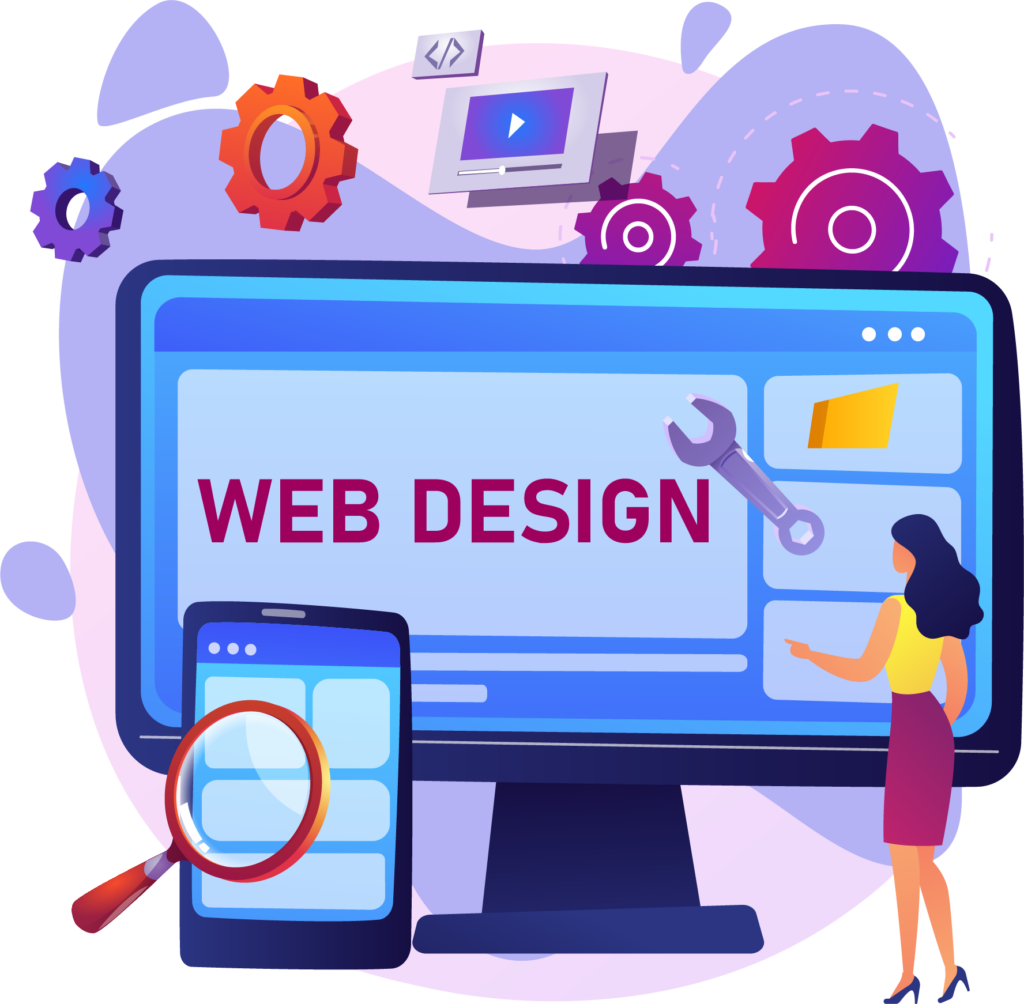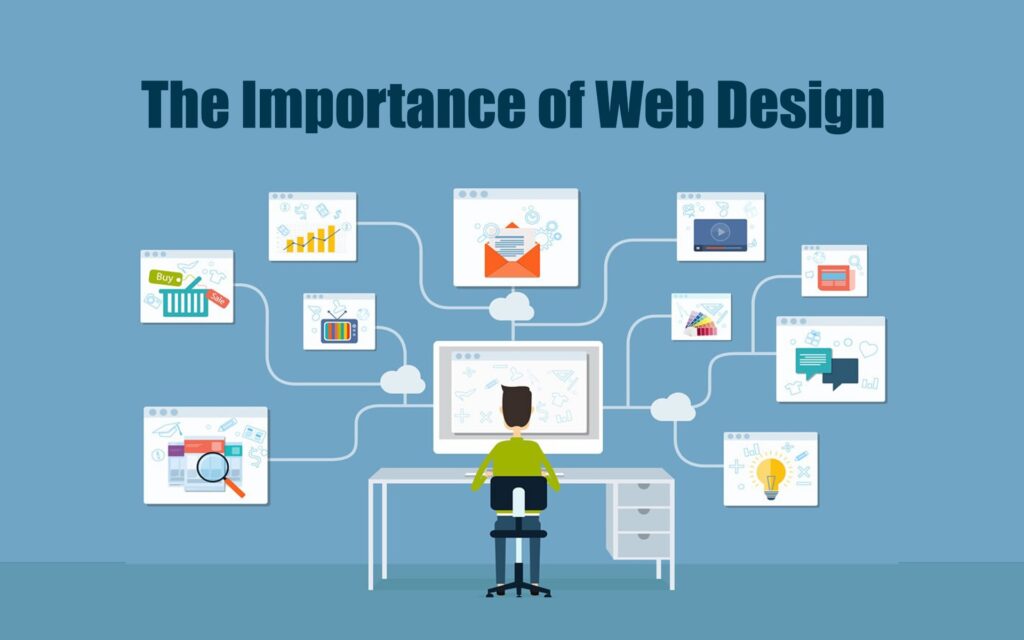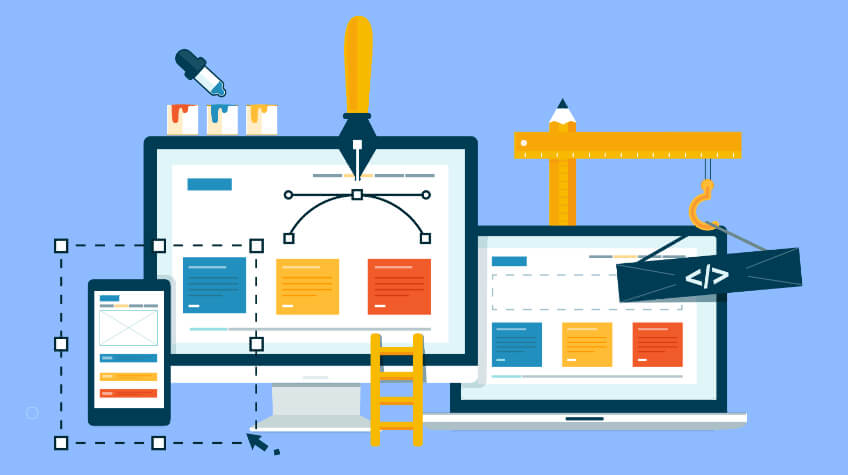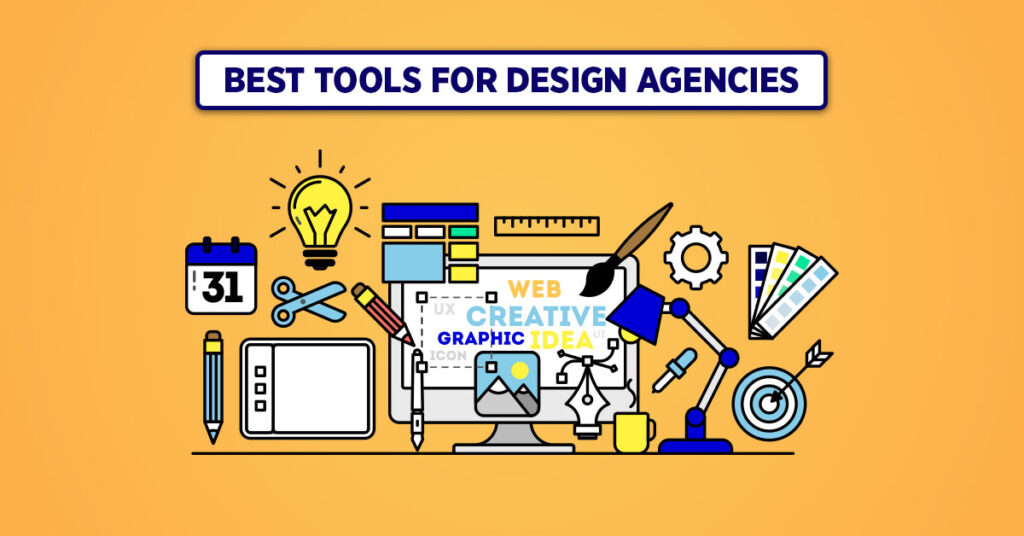In the present era, information technology plays an important role in providing organizations and individuals with a good image. A website is generally the initial interface of the organization with its customers or visitors, and the layout of the website is critical to their initial impressions. Web designing is the designing and constructing of a website while keeping in mind the front-end look and the back-end working of the website.
In this article, the author will discuss the various topics on web designing including the significance of web designing, basic concepts, components, tools, technologies, and future direction in web designing.
1. What is Web Designing?
Web designing involves the creation of concepts, designs, and layout of material that is to be posted on the World Wide Web. It refers to the arrangement of the spaces on the website, the appearance of the website, and the surfaces of the websites. Web designing is slightly different from web development as the former is more concerned with the technical aspect of creating a website while the latter is more concerned with the aesthetics of the website as far as the end user is concerned.
A good site should have a good graphic design and layout, a good and easy-to-follow structure and navigation, and overall good usability. It should also be user-friendly, particularly in the sense that the layout and design of the web page changes according to the size of the screen of the device used, whether it is a phone, a tablet, or any other computer.
2. Importance of Web Designing
The appearance of a website can also play a large role in the success of the site. Here are some reasons why web design is important:
First Impressions Matter: This is because most of the time your website is the first touch point that the potential customer will have with your company. The site design can work in favor and build a good first impression and on the other hand, can work against and chase users away.
Builds Credibility and Trust: Having a professional-looking website also gives credibility and trust when people are visiting your website. Customers will be more comfortable using a site that looks neat and which has been updated regularly.
Enhances User Experience (UX): Web design aids in the improvement of the quality of the site by making it easy to use and guaranteeing that the content is retrievable. This makes the users active and they go around the site most of the time.
Supports Search Engine Optimization (SEO): The layout of your site influences the ability of the search engine to locate your site. A site with clear coding, fast speed, and mobile-friendly is ranked more favorably by the search engine.
Encourages Conversions: Well-organized and good-looking website can lead the user to perform the desired action, for example, to make a purchase, subscribe to the newsletter, or contact the business.
3. Seven Principles that Form the Base of Web Design
Effective web design is rooted in several fundamental principles:
Balance: This means that no aspect is dominating the other; all the aspects are in harmony, and nothing sticks out in a rather awkward manner. In terms of balance, they can be either equal or unequal, and that all depends on the purpose of the design.
Contrast: Contrast allows for the enhancement of elements on a page and ensures that they easily catch the attention of whoever is reading the page. The use of contrast means making the targeted areas stand out through variations in color, dimensions, form, or surface texture.
Consistency: For users, the fact that the design is consistent means that they will not have to be taken through it time and again. It includes the repeated use of fonts, color, and design on the website for the sake of continuity.
Alignment: Text and image alignment is a way of designing so that the flow of a specific design is well structured. It results in a situation where a site’s design is not consistent and this makes it hard to navigate.
Proximity: By so doing, related elements are grouped to ensure that the users of the site can easily identify how they are related. This can be done for instance by positioning captions next to the corresponding images or having related links clustered together.
Whitespace: Negative space is the blank space between objects; also known as whitespace. This is beneficial in that it clears up the page and gets rid of clutter, while at the same time making the content less cramped.
4. Web design guidelines
Several key elements contribute to the overall design of a website:
Layout: The layout is the organization of graphical items on a single or multiple-page surface. The pages are properly aligned in a way that as the user goes through the content, their vision is led in a proper sequence.
Color Scheme: It is a blend of the colors used in the site as seen in the microsite color palette below. They can stir up feelings and can greatly influence the way the user looks at a certain brand. This means that one needs to select the right colors that would reflect the brand’s identity and its focus.
Typography: Typography is choosing the fonts and sizes, as well as spacing, that would make the text aesthetically pleasing while being easily readable. Some of the fonts that one may choose for the design can be formal, playful, or even classy.
Images and Graphics: Graphics which include pictures, symbols, and other illustrations are employed in the design with the view of passing messages and information faster. The use of related high-quality images in the content area makes the users interested in the site and makes it more attractive.
Navigation: Navigation is the way users move on the website. Navigation should be simple, the menu and links should be comprehensible and should lead the users to the desired information easily.
Responsive Design: Responsive design means that the website is functional equally on all devices, tablets, PCs, and mobile phones. This is more so given that more people are accessing websites via mobile devices such as smartphones and tablets.
Call-to-Actions (CTAs): CTAs are calls to action and they are statements that persuade users to perform certain actions like buying, signing up, or learning more about a certain product or service. CTAs are normally contrasting and placed in strategic positions to direct users on their journey through a certain website.
5. Web design Tools and Technologies
Web designers use a variety of tools and technologies to create websites:
Design Software: Most of the tools employed for user interface design include Adobe Photoshop, Illustrator, and Sketch for designing mockups and GUI features. With these tools, the designers can come up with fine and well-articulated designs.
Wireframing Tools: Tools such as Figma, Adobe XD, and Balsamiq are wireframing tools that get the layout of the website. Sitemap is like a sketch that shows the design of the site but without colors and adds.
Content Management Systems (CMS): WordPress, Joomla, and Drupal are examples of content management systems that enable designers to construct and design sites without coding. They offer templates and plugins that make work easier for a web designer.
HTML/CSS: HTML (HyperText Markup Language) and CSS (Cascading Style Sheets) are the basic programming languages for designing web interfaces. HTML defines the content and its location and CSS defines how the content looks.
JavaScript: JavaScript makes websites dynamic, meaning one can perform tasks on webpages such as moving images, navigating to other pages in other windows, and checking the accuracy of data entered in a form. This leads to the improvement of the user experience because the site is more lively and interactive.
Responsive Frameworks: There are frameworks such as Bootstrap and Foundation which assist designers in arranging the websites in a much simpler way since they contain preset designs and components for responsiveness.
6. Web Design Future Trends
Web design is a field that can never run out of trends because of the ever-increasing technology. Here are some trends shaping the future of web design:
Dark Mode: Currently, the dark mode designs are gaining popularity because of the glossy look and less eye fatigue. It has become quite common for websites to include both a dark mode and a light mode for the users.
Minimalism: Less is more and this is the principle that minimalist design uses, there are fewer details and frills involved. It takes attention to the primary information and removes other elements; thus, it is more productive for a user.
Micro-Interactions: Micro-interactions are minor animations or graphic features that can be triggered by user interaction like changing the color of a button when a mouse pointer is placed on it. They make the site more interesting and playful, they also help to involve the user.
Voice User Interface (VUI): This is especially true as voice search and smart speakers are on the rise making the designing for voice user interfaces more relevant. Sites will also have to incorporate the capability of being controlled by voice and providing information through voice.
3D Elements and Illustrations: As web technology is progressing, the application of 3D elements and illustrations is more often used. These elements make the website more engaging and interesting to the users, thus they enhance the design of the website.
Artificial Intelligence (AI) and Machine Learning: Web design is also deploying AI to enhance the user experience, and make the websites more personal. It may understand the patterns of users’ actions and adjust the materials and their position to provide the users with a unique experience.
Sustainability in Design: Since the issue of environmental consciousness arose, web designers are now aiming for sustainable design. This involves the process of making the websites use less power by limiting the use of large images and heavy scripts.
Conclusion
Web designing is a core component in the creation of a proper online strategy. It involves the use of artistry, Computer Science, and understanding of users’ habits to develop pleasant to the eye and convenient to use websites. With the new changes in the digital platform, web designers should be at par with the current trends and innovations in the creation of the website.









